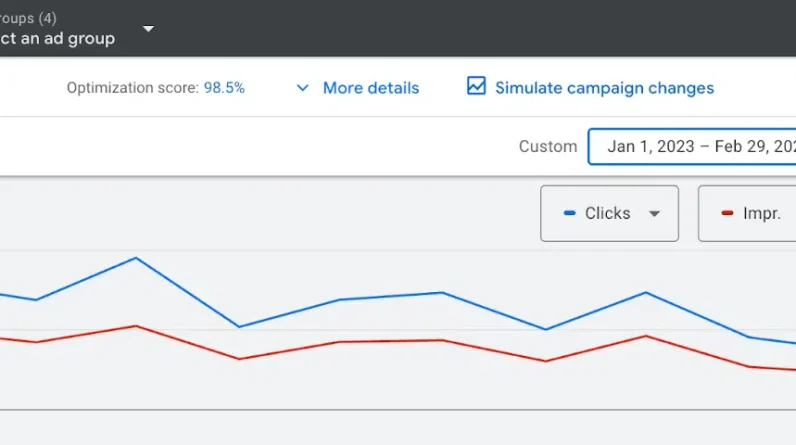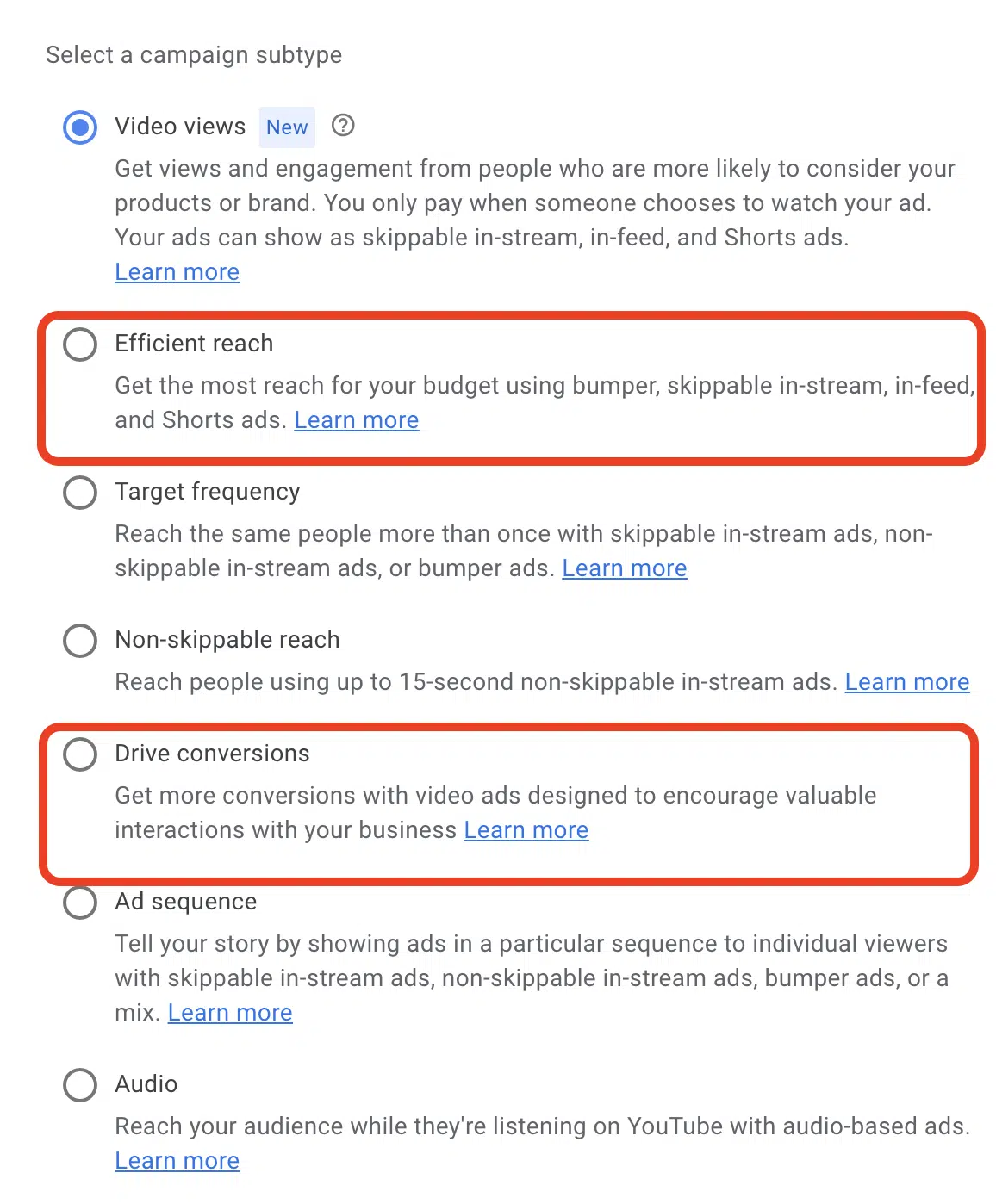
When I audit new and prospective clients’ Google Ads programs, I still find some without a YouTube advertising component. This is surprising given YouTube’s continued growth in popularity.
We can look at YouTube’s ad revenue to measure the dominance of the platform. In 2023, YouTube’s global ad revenue rose to $31.51 billion, up nearly 8% from the previous fiscal period, an indicator that more and more advertisers are adding YouTube ads to their marketing.
However, when I ask new clients and prospects why they don’t have YouTube video ads, they usually give one or more of the following reasons:
They have no budget. They tried YouTube video ads once and didn’t see the value. They don’t know how to start.
Let’s address these objections in turn, and I’ll provide some strategies for overcoming them.
Objection 1: You don’t have a budget
YouTube video ads are often prioritized behind other types of digital advertising, especially when budgets are tight. Many paid search managers maximize their search campaigns before tackling video. In some limited cases, this is a reasonable approach.
However, I would argue that this “search campaigns first, video campaigns later” stance is widely used. I strongly recommend that you step out of your comfort zone and implement YouTube video ad campaigns alongside your search campaigns.
When you do this, you may find that sales from your video campaigns aren’t as strong as your search campaigns, and that’s okay. You’re still building valuable brand awareness that will pay dividends in the future.
You may also find that YouTube ads reach a different audience than your search ads, a valuable way to expand your reach and future-proof your marketing.
You can also benefit from the “halo” effect of running search campaigns and YouTube ads simultaneously. Time and time again, we’ve seen that having a full Google Ads program that includes YouTube ads provides a nice boost across the board.
The proof of this “the whole is greater than the sum of its parts” phenomenon is most evident when YouTube and other “non-search” campaigns are removed from the mix. We often see a degradation in net new traffic even when running workhorse search campaigns.
We hope that this degradation of net-new traffic does not occur for any of our customers. For years, our client spent $3,500 on video advertising every month. Last July, they reduced that expense to $1,000.
Right now, we’re holding our breath (and watching closely) to see the impact of this budget cut and see how much traffic and conversions degrade as a result.
We can already see a downward trend in the volume of your brand campaign:
We can also see a drop in volume for their flagship product:

Market trends are also at play here, but the main change was the decline of the video campaign. We are working closely with our client to identify relevant market and search trends before making any firm conclusions.
Dig deeper: 7 important YouTube ad lessons you need to learn
Get the daily search newsletter marketers trust.
Objection 2: You tried it once and didn’t see the value
You may have tried video ads, looked at the metrics of those campaigns, and concluded that video ads were a mistake.
But to fully assess the value of video ads, you need to go beyond campaign-level metrics.
And the best place to start is to make sure you’re working toward the right campaign goals.
Google Ads has several campaign subtype options to choose from, such as ‘Efficient reach’ and ‘Generate conversions’.

When you select Efficient Reach as your goal, the focus is on targeting new people.
Video ads are a great low-cost, high-impact way to reach new people. They will spend time with your brand in a much more way than you can get with a text or image ad.
Almost inevitably, we see a brand boost with efficient reach video ad campaigns, which manifests itself as a steady increase in traffic through Google search and social platforms.
When you select Generate Conversions as your goal, you need to consider what you want your audience to do. Do you want them to take a test, make a purchase or do something else?
Once you have the right goals, you need to look beyond campaign-level metrics to gauge the success or failure of those campaigns.
Try to adopt a growth mindset when doing this assessment. Don’t just look at the revenue generated by these campaigns, but also how these campaigns support your other marketing campaigns, such as your branding efforts. When you do this, you’ll get a much more accurate picture than video campaigns provide.
Video campaigns don’t exist in a vacuum. If you look closely, you can see its impact on all your marketing channels.
Objection 3: You’re not sure how to start
Most of our clients have in-house creative teams that can produce assets for video ads.
Still, our clients often need help bringing these assets together into a compelling video ad.
What’s missing is a good story that captures viewers’ attention and aligns with the ad’s objective, which is where story templates come in handy.
Fortunately, templates are not hard to find. Many companies in the video production space have them available online.
Storykit, a video creation tool, is just one example. If the goal of your ad is to establish your company as a thought leader, you can follow this template. If you want to showcase your company’s ability to solve a specific problem, there is this template.
YouTube itself has many resources to help you get started with video ads. Theirs “ABCD of creating effective video ads” offers great advice on capturing and maintaining attention, branding, making connections, and providing direction.
And if you don’t have an in-house creative team to give you assets you can use, you can create a video ad in your Google Ads account. The resulting video ad will be simple, but it can get the job done in a pinch.
This guide walk through the many YouTube video creation tools you can use. If you’re really starting from scratch, check out the Google Ads info video campaigns in general and how to do it optimize your video campaigns.
Learn more: YouTube Ads: Getting Big Impact at Low Cost
It’s not too late to include video ads in your marketing portfolio
With all the resources available to marketers today, there’s no reason not to have video advertising in your portfolio.
If you haven’t started testing video ads yet, don’t delay any longer. The importance of video advertising is only going to increase, and the sooner you get on board, the better.
The views expressed in this article are those of the guest author and not necessarily Search Engine Land. Staff authors are listed here.
[ad_2]
Source link




